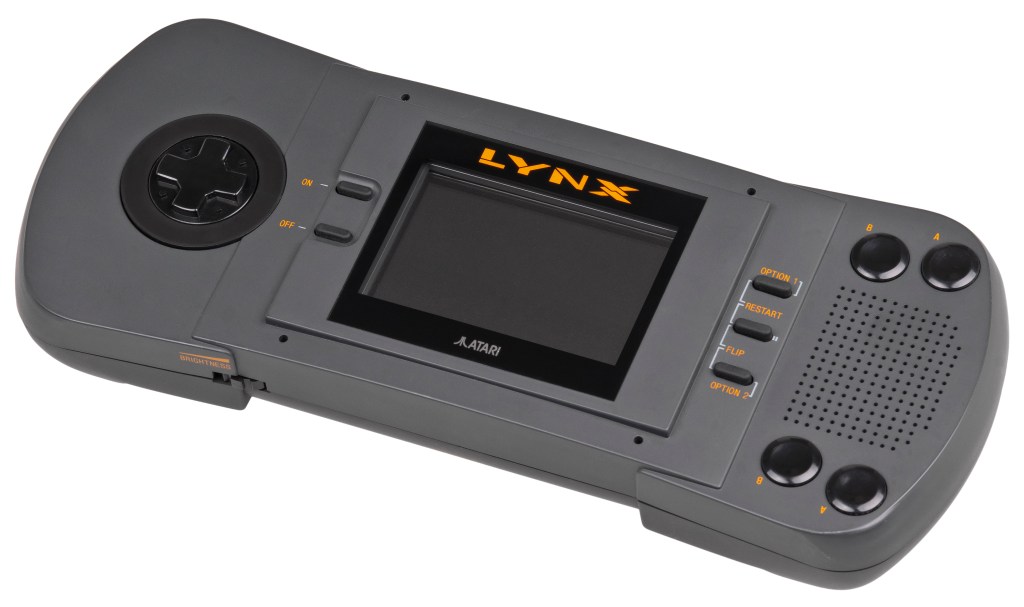Even in an ever-changing industry that is gradually moving away from traditional hardware, the gaming console remains an almost mythical device. Modern gaming consoles are often the entertainment centerpieces of living rooms everywhere. Meanwhile, one look at the right retro gaming console can unlock a treasure trove of memories.
So what’s the greatest video game console ever? While that’s obviously what we’re here to look at today, here are a couple of things to keep in mind while reading this list:
– Both handheld devices and gaming consoles were considered eligible for this list.
– PCs and other home computer devices (such as the Commodore 64 and ZX Spectrum) were not considered eligible for this list. That will be a topic for another day.
– Consoles that had multiple versions (such as the PlayStation 2 and PlayStation 2 Slim) share an entry. The best possible version of that console was essentially considered to be the eligible entrant.
– Only consoles that have been succeeded or discontinued are considered to be eligible for this list. In other words, the PS5, Xbox Series X/S, and Nintendo Switch were not considered to be eligible at this time.
In case you’re wondering, here’s a brief rundown of the criteria used to determine these rankings:
Gaming Libraries – Arguably the most important factor in terms of rankings. How many great games did these consoles support, and how many of them were exclusive to those consoles?
Hardware Reliability – Did a console have any serious design flaws or was it generally reliable?
Historical Significance – How did this console impact the industry for the better? Total unit sales are also a small part of this category.
Innovations and Ambition – Extra points are awarded to consoles that were trying to be ambitious (even if they didn’t quite get there).
With all of that out of the way, let’s dive into the list.
All hardware photos courtesy of The Vanamo Online Game Museum.
25. Atari Lynx
People will tell you that the Nintendo Gameboy killed the Atari Lynx before the latter was ever released. They’re not entirely wrong, The Lynx tried its best, but the Game Boy proved to be quite the juggernaut. It didn’t help that the Lynx’s poor battery life, design flaws, and weak overall launch library left people wondering why they should ever bother.
Yet, so much about the Lynx is objectively impressive. This full-color handheld console dared to dream about handhelds keeping up with their console competition. It even offered features not seen on more powerful devices (such as the ability to link multiple consoles together for multiplayer). Its numerous design flaws, high price, poor marketing, and considerable competition ensured that it never reached its full potential, but the Lynx was always impressive enough to make it easy to see what Atari was trying to achieve.
The Lynx was a great idea and a solid little device that just wasn’t quite right for its time. There are many other consoles that can’t make that claim.

24. NeoGeo AES
The NeoGeo AES cost about $650 in 1990/1991. Adjusted for inflation, that’s roughly $1500 dollars today. Try to imagine the video game console that would be worth $1500. You probably can’t do it. Don’t feel too bad. SNK couldn’t quite do it either.
While the NeoGeo was a logistical nightmare, it was a pretty compelling console in its own right. SNK may have slightly overestimated how many people essentially wanted an arcade in their homes, but they didn’t entirely botch the idea of bringing that experience to them. One look at the NeoGeo back in the day was enough to make you wonder what every other console manufacturer was doing. Granted, a lot of people didn’t get a chance to look at the console back in the day, but that doesn’t mean that SNK wasn’t pushing boundaries.
Then, now, and forever something of a collector’s device, the NeoGeo AES is one of many consoles that were too ambitious for their own good but delivered just enough to be worthy of remembering.
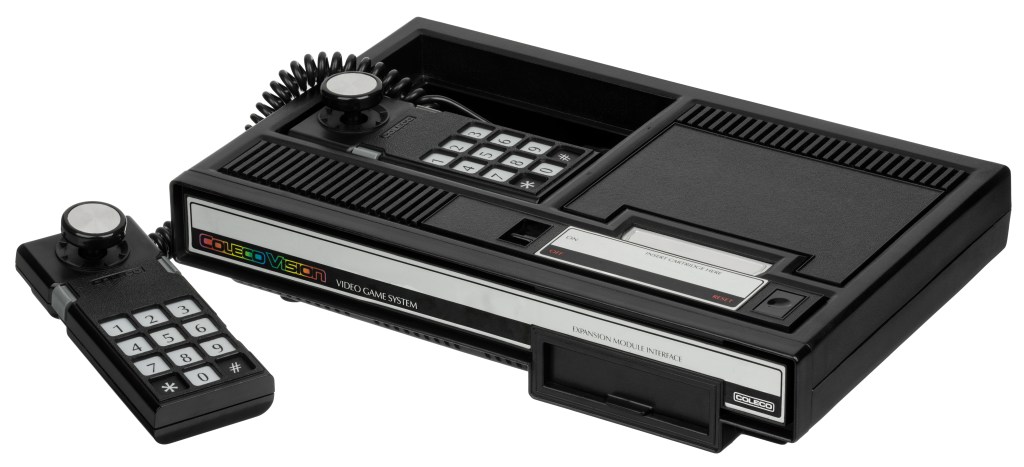
23. ColecoVision
Released frighteningly close to the great video game crash of the 1980s, you could certainly say that the ColecoVision got off on the wrong foot. It was certainly a failure in many ways that we traditionally judge successful consoles.
Yet, I always think about Donkey Kong when I think about the ColecoVision. Many people questioned Coleco when the company decided to include Donkey Kong as a pack-in title with the ColecoVision, and they were right to do so. After all, Donkey Kong could have been a best-seller if it was released as a stand-alone title. Besides, it wasn’t even Coleco’s game to begin with. Indeed, the ColecoVision often relied a little too much on games that Coleco had little to no involvement with.
Through it all, though, the ColecoVision aimed to offer the closest things to arcade-quality games at home that gamers in the early ‘80s dared to dream of. It may have failed in the long run, but it offered anyone who took a chance on it an incomparable gaming experience.
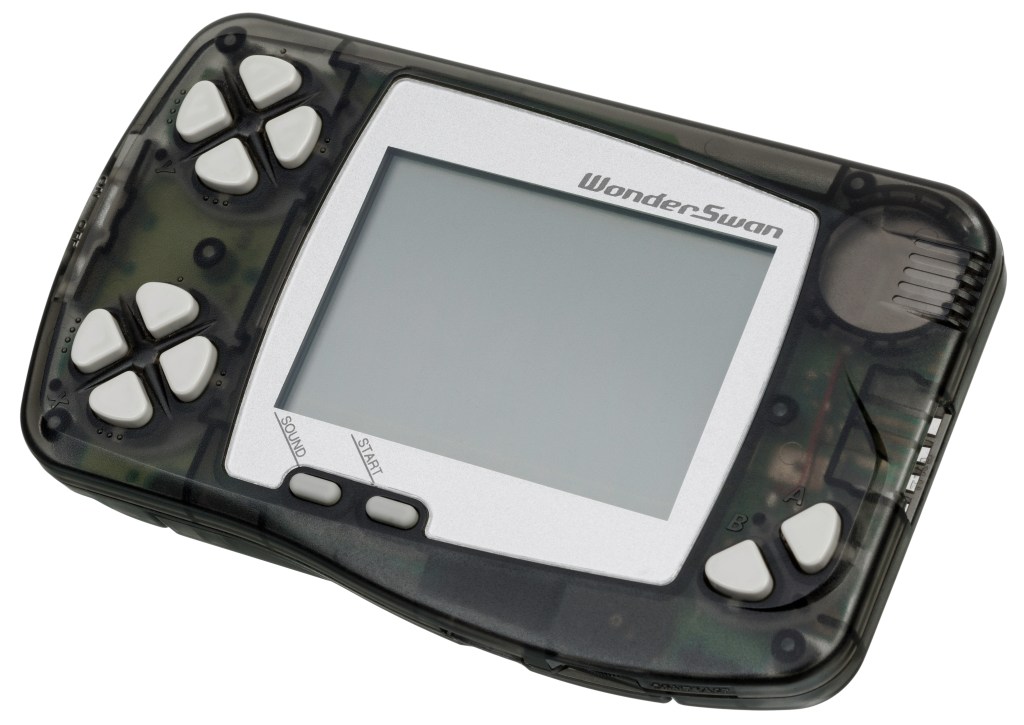
22. Bandai WonderSwan
Don’t be surprised if you’ve never heard of or don’t remember the WonderSwan. Released in 1999, the WonderSwan was never officially made available outside of Japan. Though it performed well in that region, it ultimately suffered from its limited availability, incredible competition, and limited ambition. Seriously, it was a budget handheld that ran for about 40 hours on one AA battery. A lot of people saw it as a toy.
The WonderSwan was always more than that, though. It was actually an incredibly well-designed handheld console that was never given a proper chance to succeed on a global level. At a time when gaming was becoming increasingly complicated, the WonderSwan offered simple pleasures via a reliable platform at a reduced price. It’s a model that early mobile game designers would follow to great success many years later.
In a better world, the WondSwan would have been given the chance to find a global audience. In a much better world, its creator (Game Boy designer Gunpei Yokoi) would have lived long enough to see his little device that could become a cult classic. In this world, the WonderSwan remains an enterally underrated curiosity.
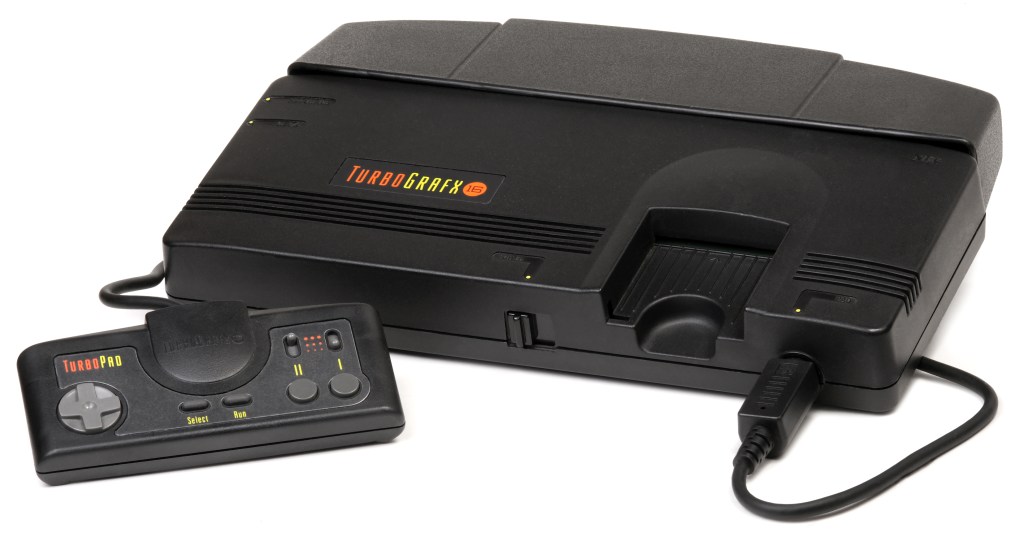
21. TurboGrafx-16/PC Engine
In many ways, the TurboGrafx-16 doubles as a Hall of Fame collection of bad ideas. First released in Japan in 1987, the console wouldn’t be released elsewhere until 1989-1990. In Japan, the console was a surprisingly successful NES competitor. Elsewhere, though, it just couldn’t stand up to the next-gen (SNES and Genesis) competition it suddenly faced. Mind you, the console’s lack of third-party developer support (as well as its lack of a native second controller port) made the hardware feel a bit cheap from the start. NEC Home Electronics tried to correct the issue via an extensive series of add-ons but those additions only made the TurboGrafx look like it was in need of rescuing.
The company couldn’t even get the console’s name right. It was known as the TurboGrafx-16 in North America and the PC Engine pretty much everywhere else. Then again, given that its North American name implied 16-bit performance that the console couldn’t actually deliver, maybe PC Engine was the better choice.
So why would this console ever make this list? Well, for all its problems, the TurboGrafx-16 boasted a surprisingly strong library of games. Many were arcade accurate (or close to it) for their era, and quite a few more actually pushed the boundaries of console gaming in vital ways. More importantly, many titles in the TurboGrafx-16’s library were designed to appeal to more “mature” gamers that other consoles wouldn’t think of catering to for many years to come.
Yes, this console was kind of a disaster, but it could have been a contender.
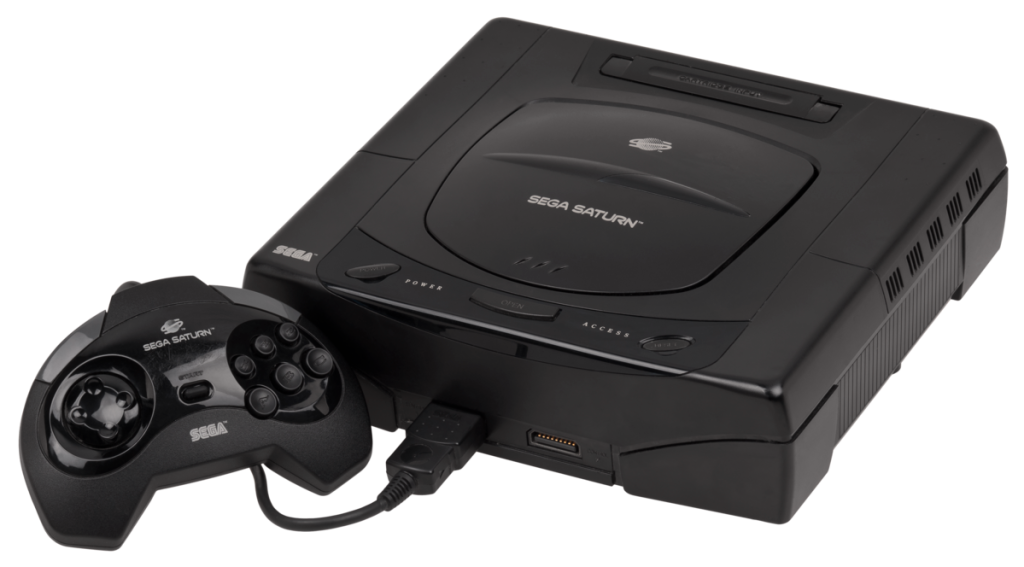
20. Sega Saturn
You could certainly argue that Sony’s clever PlayStation release strategy killed the Sega Saturn before it ever really got off the ground. However, it should be said that Sega did the Saturn very few favors during its limited run. The company failed to attract third-party partners at a time when Sony was courting the industry’s biggest names. Sega did what it could internally, but they were never able to give the Saturn all the help it needed. Of course, it didn’t help that they never even bothered to release a proper new Sonic title for the platform.
If nothing else, though, the Saturn was a console of unlimited unrealized potential. Its incredible controller allowed fans to enjoy some unrivaled arcade ports (especially fighting games). Elsewhere, games like Panzer Dragoon Saga, Dragon Force, Nights into Dreams, and Shining Force 3 pushed Sega out of their comfort zone into bold new territories. Granted, many of those games were failures in their day, but they almost certainly would have done better on rival devices.
That’s the thing about the Saturn. While only owning a Saturn was a rough proposition back in the day, those who did own the console are often quick to share their fond memories of it. Had a few more things worked out in the Saturn’s favor, it could have easily been a bigger part of one of the greatest gaming generations ever.

19. PlayStation 3
Widely considered to be Sony’s worst console, the PlayStation 3 was a massive misstep. It was expensive, it was difficult to work with, and it (initially) lacked a lot of the modern gaming features the Xbox 360 helped introduce or refine. Worst of all, the console’s initial lineup of games (especially its early exclusives) just wasn’t good enough to attract anyone who wasn’t already determined to own the next piece of PlayStation hardware.
However, the PlayStation 3 survived long enough to eventually recover from many of those initial stumbles. While Sony had to scrap some of the PS3’s most ambitious (and best) features, they were eventually able to reduce the hardware’s price to a reasonable figure. Around that same time, more developers started to finally figure out how to make the complex console sing. While the PS3’s library remains weak compared to its predecessors and successors, titles like The Last of Us, Uncharted 2, Metal Gear Solid 4, and God of War 3 eventually made it a necessary part of a competitive console generation.
The PS3 never came close to reaching its full potential, but it eventually became more of an asterisk in the PlayStation’s legacy rather than the outright disaster it was shaping up to be.
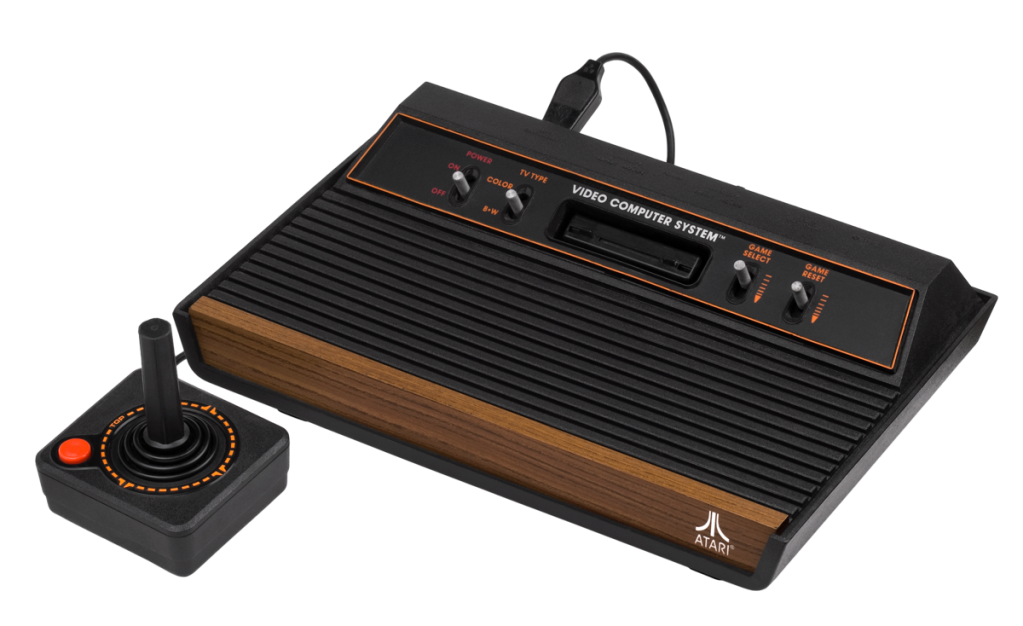
18. Atari 2600
It’s obviously pretty hard to go back and enjoy the Atari 2600 today. Time makes fools of us all, but the Atari 2600 really is more of a relic that is meant to be studied and admired rather than something you’d ever actually use in the modern age. Even the best Atari 2600 games typically weren’t at their best on the Atari 2600. You can easily access better versions of many of them today via other platforms.
However, the Atari 2600 remains arguably the most historically significant piece of gaming hardware ever. Though not the first home video game console, it’s easy enough to understand why the Atari 2600 is often thought of as such. It was the console that made the idea of playing games at home feel more viable and…well, normal than it ever had before. It was a sleek and functional device that slowly pieced together the template for the industry this entire list is devoted to.
While Atari has fallen on hard times in recent…umm…decades (to say the least), the 2600 will always remain an iconic piece of gaming history.
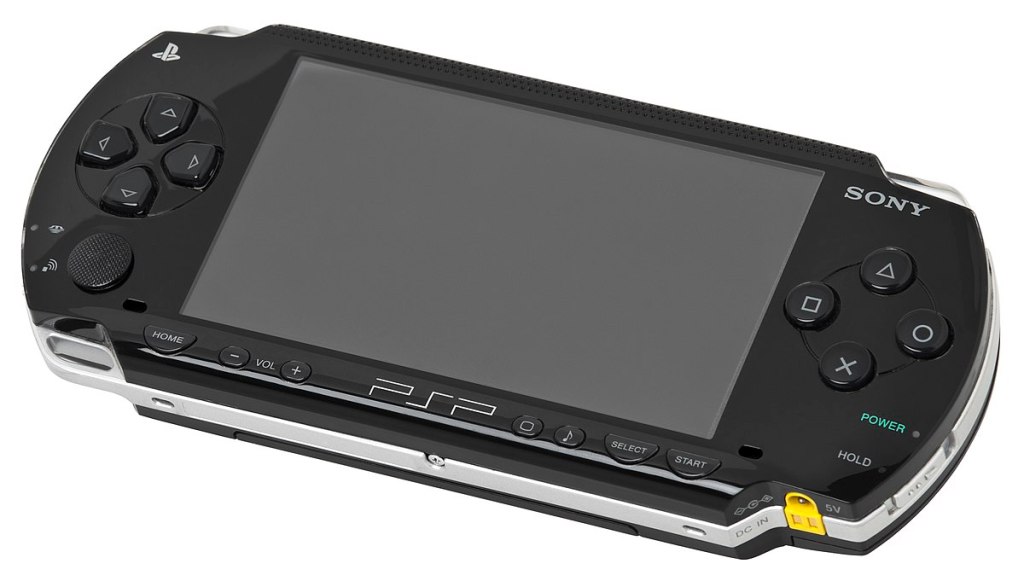
17. PlayStation Portable
Bold was the man who first ate an oyster, and bold were the people at Sony who decided to challenge Nintendo in the handheld gaming market. Though the all-too-brief days of Sony’s serious handheld gaming efforts now feel like a distant memory, the fact of the matter is that the PSP was an incredible little device that went on to sell over 80 million units.
The PSP endeavored to offer a higher-quality handheld experience and often succeeded in doing so. Playing a PSP truly felt like wielding a home console in your hands, yet the PSP library still boasted enough uniquely handheld experiences that arguably still play best on their native platform to this day.
The PSP suffered from some questionable design decisions (most notably, its single-joystick input), but it was an exceptional device that deserves to be remembered fondly despite ultimately “losing” to one of the biggest handheld juggernauts we’ve ever seen.
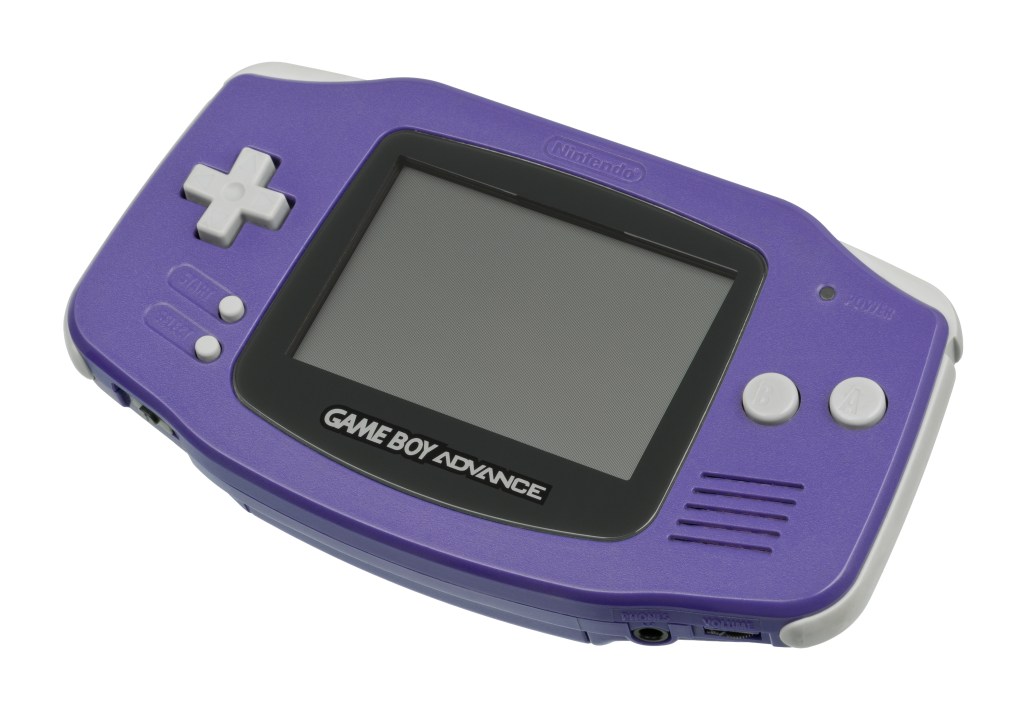
16. Game Boy Advance
The Game Boy Advance was probably never going to be as successful as the Game Boy was. Still, it’s kind of shocking to realize just how short the Game Boy Advance’s lifespan really was. Released in 2001, the Game Boy Advance would be replaced by the Nintendo DS just 3-4 years later (depending on which region you’re looking at). During that time, the Game Boy Advanced faced numerous criticisms over key hardware design decisions such as its battery requirements and dim screen. By the time the Game Boy Advance SP addressed some of those problems, the handheld was all but done for.
Still, the Game Boy Advance remains remarkably easy to love. Its initial design felt great in your hands, and the device was always a little more powerful than it ever got full credit for. That power allowed the Advance to support SNES games (and SNES-quality games) as well as a variety of innovative handheld experiences. It was the kind of handheld that supported all-time great Mario games, new RPGs, compelling strategy experiences, and a game that drew from the power of the sun in order to help you hunt vampires.
That incredibly strong library couldn’t keep the GBA on the shelves for longer than a few years, but the handheld certainly made an impression in that short time.
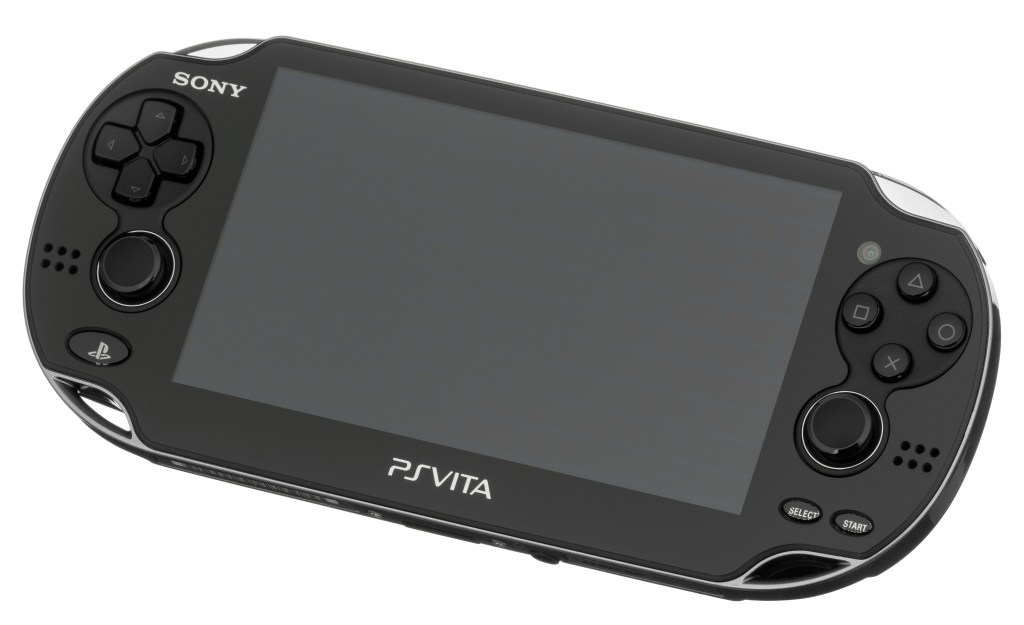
15. PlayStation Vita
Much like the PlayStation 3, the PlayStation Vita’s high price tag and tricky architecture put it at a considerable disadvantage out of the gate. Sony had a real opportunity to capitalize on the 3DS’ stumbles, but they ultimately couldn’t attract the third-party support this handheld needed to flourish.
However, the Vita was always a fantastic piece of hardware. It was powerful, it felt great in your hands, and it even offered PS4 remote play at a time when that feature felt truly novel. While its library was ultimately pretty small, it’s still filled with games that are as underrated as the Vita itself is. From brilliant ports of Hotline Miami and Persona 4 to unique franchise entries such as Uncharted: Golden Abyss and Killzone: Mercenary, the Vita often combined the best elements of a Triple-A console and uniquely handheld experiences.
Ultimately, the Vita just got off to a rough start and never really got the support it needed to make a dent in the dwindling handheld market. Still, it’s easy to see why it has only grown in acclaim since then.

14. Nintendo Wii
There are times when the Nintendo Wii feels like a shared fever dream. Remember when pretty much everybody was playing a handful of motion-controlled games? Remember that time your grandma beat you at Wii Sports? The Wii may have sold over 100 million units, but it is sometimes treated as something closer to a novelty.
Yet, few consoles have ever made as significant of a cultural impact quite as quickly as the Wii did. It showed how many people were ready and willing to get into gaming, which, in turn, helped fuel a boom period for the entire industry. Granted, the Wii suffered from a lack of third-party support (a notable trend at the bottom of this list), but its best exclusives are sometimes unfairly slept on to this day.
The Wii’s motion controls may have gone from “novelty” to “annoyance,” but the Wii earned its phenomenon status and remains a fundamentally fun piece of gaming hardware.
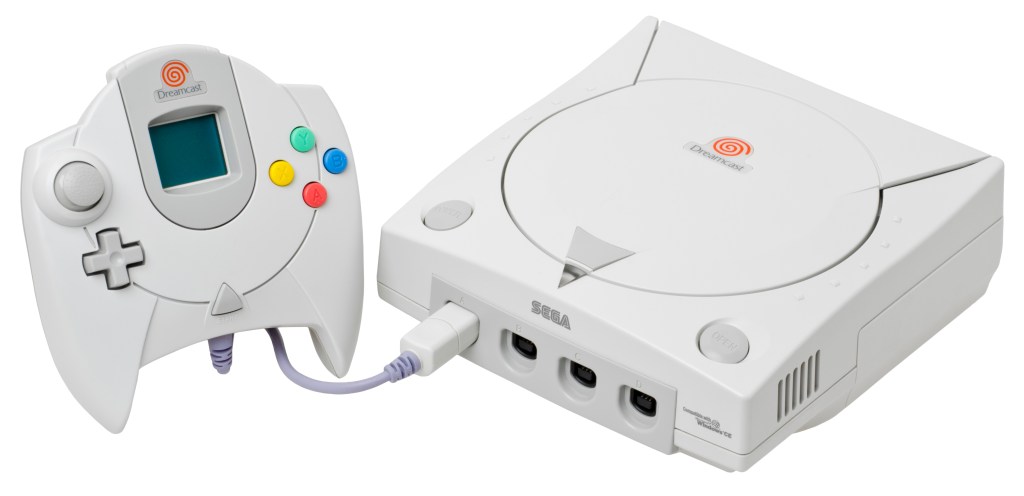
13. Sega Dreamcast
It’s difficult to talk about the Dreamcast without the word “underrated” eventually coming up. Truth be told, the biggest proponents of the Dreamcast’s cult classic status tend to overlook some of the larger issues that eventually led to the console’s swift demise. Its controller was unwieldy (for some, at least), it lacked proper third-party support and sufficient multimedia functionality, and the console’s weird release window helped ensure that it would be technically obsolete (relatively speaking) in record time.
Yet, the story of the Dreamcast remains a tragedy. It was an online-ready, arcade-perfect console that supported numerous games that were as bold as the hardware itself was. In many ways, you could argue it was the best version of the ideas that once put Sega on the map. Nothing quite feels like the Dreamcast to this day despite so many other consoles eventually borrowing many of its best ideas.
It’s easy to understand the reasons the Dreamcast failed and much harder to live with them. It was a truly great console that emphasized fun and innovation above all else.
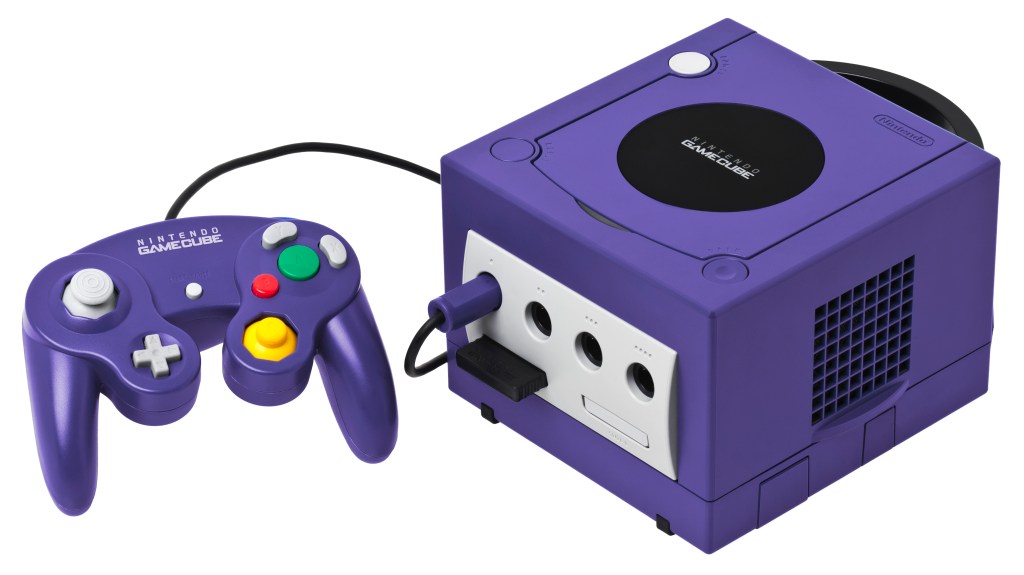
12. Nintendo GameCube
From a pure sales perspective, the GameCube was a historic flop. It not only lost the sales race to the Xbox and PS2, but it lost Nintendo a ton of momentum and quite a few third-party partners. The failures of the GameCube forced Nintendo to change its entire approach to the industry it once helped popularize.
Try telling any of that to a GameCube fan, though. Those who owned a GameCube (or even just those who have revisited the console in some form since its demise) would much rather talk about the console’s incredible library of games. The Wind Waker, Super Mario Sunshine, Resident Evil 4, Super Smash Bros. Melee, Metroid Prime…whatever problems the GameCube may have had sometimes feel insignificant when weighed against the strength of its library. It didn’t hurt that the console was far more powerful than it ever got credit for and supported one of the best controllers ever made (the WaveBird Wireless).
If Nintendo had been able to address just a couple of this console’s biggest flaws (online gaming, multimedia support, consistent third-party releases), the story of the GameCube would be much different today.
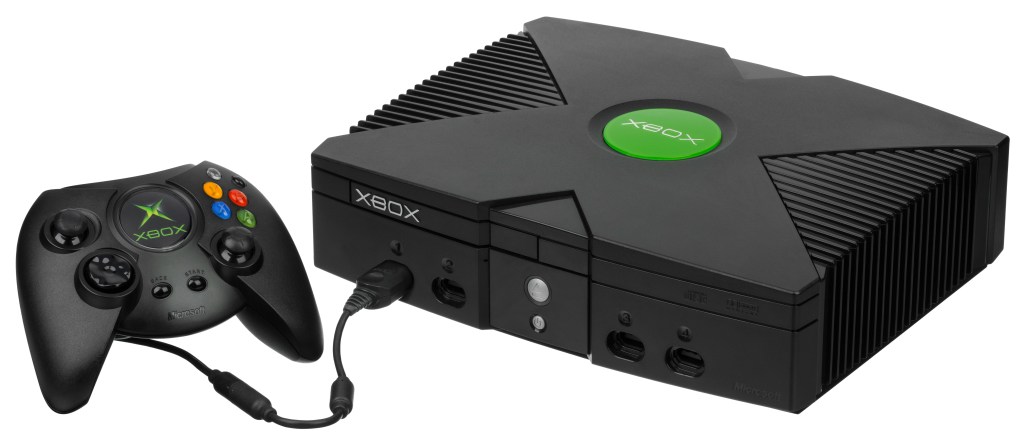
11. Xbox
The Xbox will forever be linked to Halo: Combat Evolved. Arguably one of the best, and most important, launch games ever, Halo (and, eventually, Halo 2) was often reason enough to own an Xbox in the minds of millions of new fans.
However, the Xbox grew to offer a lot more than it often gets credit for. Actually, the Xbox should probably be best remembered for helping to bridge the once-sizeable gap between PC and console gaming. Not only did the Xbox bring proper online play to millions that hadn’t yet experienced it, but it also convinced developers like Bethesda, BioWare, and Peter Molyneux to bring PC-like experiences to console gamers. The Xbox’s sheer power often also made it the best way to play various notable third-party titles.
The Xbox was arguably just a few franchises and a few features away from making an even bigger impact than it did.
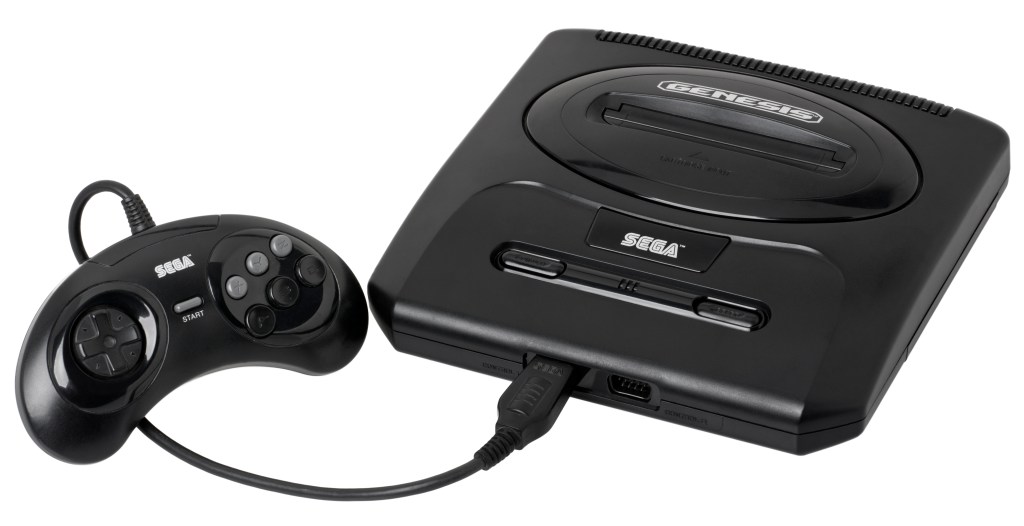
10. Sega Genesis
Few consoles embody the idea of a “challenger brand” quite like the Genesis. A challenger brand isn’t necessarily trying to topple the market leader and it isn’t trying to appeal to a small audience. Instead, they often attempt to occupy the biggest possible space that isn’t being served by the current market leader.
With the motto “Genesis does what Nintendon’t” serving as their guiding light, Sega ensured that the Genesis offered all of the things the SNES did not. Arcade-like experiences, violence, faster gameplay…the Genesis was designed to shock the system of NES and SNES fans everywhere, and it did just that with stunning consistency. Honestly, many of the Genesis’ best games feel like a breath of fresh air to this day.
Sega could never quite build upon what they accomplished with the Genesis, but the Genesis was a necessary contender for gamers that may have not even realized how much they needed a second option.

9. Nintendo 64
It’s always been clear that Nintendo wanted the N64 to be bigger and more successful than it ultimately was. Sadly, a series of mistakes and circumstances caused Nintendo to lose a lot of ground to Sony out of the gate and never really manage to gain it back. Funnily enough, though, the N64’s relative market shortcomings actually ended up making it a fascinating PS1 alternative that eventually carved its own considerable legacy.
The moment you played Super Mario 64 was the moment that you truly believed in the power and potential of 3D gaming. From there, Nintendo and their partners would make the most out of the N64’s unique technical capabilities to push the limits of 3D gaming in ways that would eventually help form some of the foundational components of modern gaming design.
However, the N64’s greatest triumph remains its unrivaled collection of local multiplayer games. No console before or since has emphasized the experience of sharing a room and a screen with friends quite like the N64 did. So while titles like Ocarina of Time showcased the N64’s greatness, it was really games like GoldenEye, WWF No Mercy, and Mario Kart 64 that made every kid in the neighborhood rally around the house with the N64 in it.
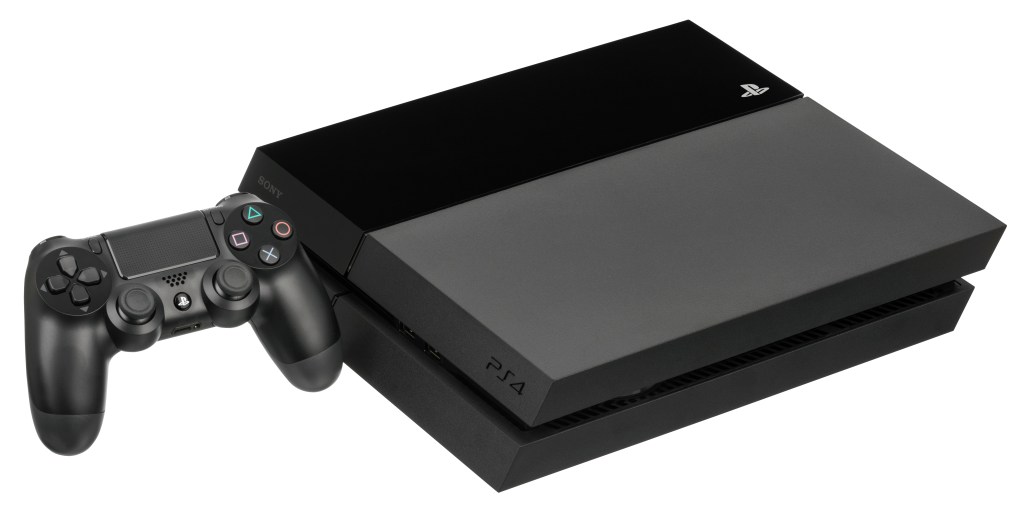
8. PlayStation 4
Funnily enough, one of the PlayStation 4’’s biggest “weaknesses” was its relative lack of competition. The PS4 was simply the best overall console on the market for most of its impressive 6+ year run. In fact, it was such an obviously great console for so long that it’s easy to forget how exceptional it really was.
The PS4 fixed pretty much every mistake the PS3 made. Actually, the PS4 also fixed pretty much every mistake that Xbox made with their initial plans for the Xbox One. At a time when Xbox was awkwardly trying to make waves in an ever-evolving industry, the PS4 offered a straight-ahead, well-made, reasonably priced video game console. Its unfussiness soon attracted some of the best developers in the world who regularly contributed to the PS4’s massive library of all-time great games.
The PS4’s lack of certain consumer-friendly features (most notably, backward compatibility and consistent crossplay support) remain blotches on its legacy, but it’s still one of the most obvious console war winners in gaming history.
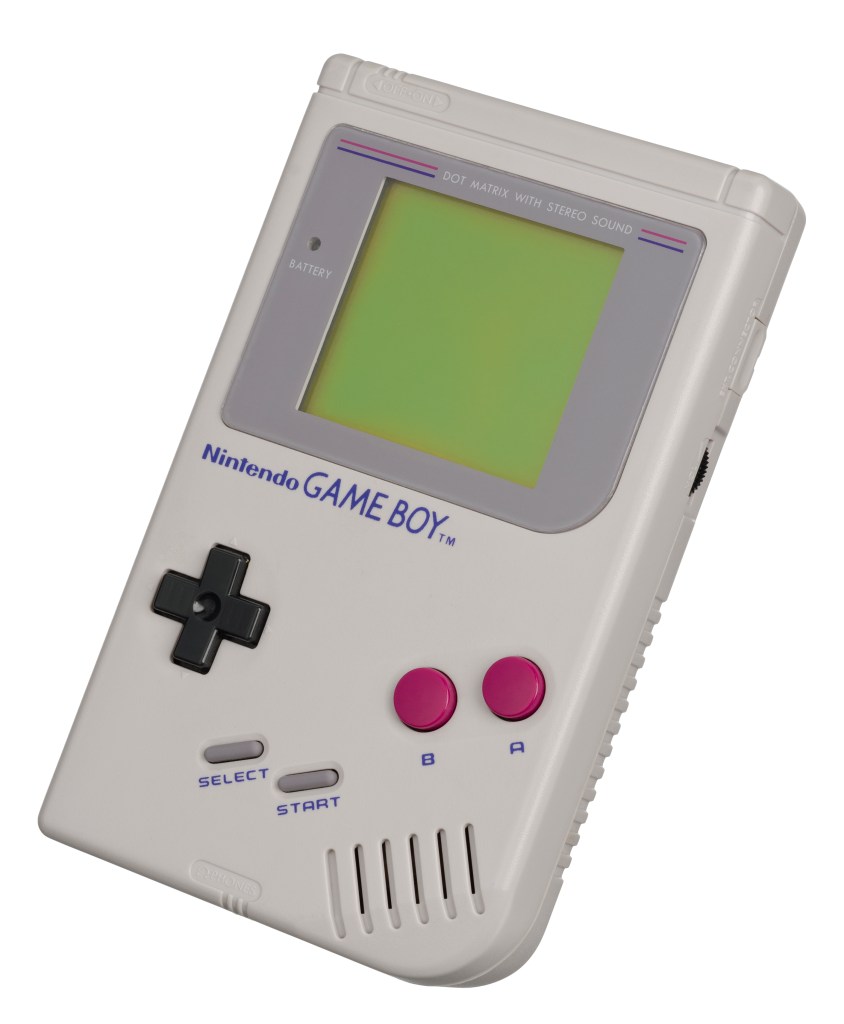
7. Nintendo Game Boy
There’s little doubt that the Nintendo Game Boy is the most important handheld gaming console ever made. The difference between the quality of the Game Boy and the quality of every handheld gaming device that came before is truly astonishing. You could even argue it’s still the best overall handheld gaming console ever made.
In fact, you reach a point where you kind of have to stop considering the Game Boy to be “just” a handheld device. For quite some time, it remained the only system a lot of people ever needed. As more and more powerful devices became available, the Game Boy’s exceptional design, and Nintendo’s commitment to quality, allowed it to remain a relevant part of the industry for longer than most other consoles. If you weren’t still playing Pokémon on your Game Boy in the late ’90s, what were you doing?
Granted, the Game Boy’s technical weaknesses became much more obvious by the end of its run, but it’s doubtful we’ll ever see another gaming devices that remains so relevant for quite so long.
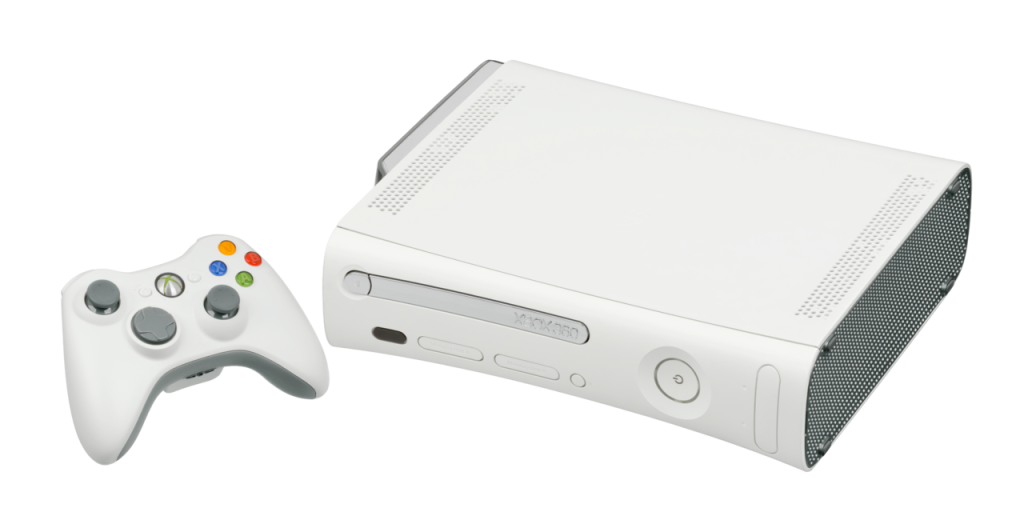
6. Xbox 360
To be entirely honest, the Xbox 360 could have ranked even higher than this if it weren’t for the console’s “Red Rings of Death” problem. That’s one of the most significant design flaws in modern gaming hardware history, and it remains a blight on the console’s legacy.
That considerable issue aside, the Xbox 360 may very well be the greatest console ever made. As Sony was struggling with the PS3 and Nintendo was focusing on a true alternative with the Wii, Microsoft delivered a 105 mph fastball down the middle with the Xbox 360. It was powerful, its controller was exceptional, and it soon supported both an exceptional collection of exclusives and incredible versions of some all-time great third-party titles.
However, the Xbox 360’s most important qualities were found outside the margins of what was then considered to be traditional console design. Xbox Live Arcade made indie gaming viable in the modern age, Xbox Live Marketplace dragged us into the digital age, and the console’s achievement awards added a metagame element to the industry that is still going strong to this day. It was a console that forced everyone to wake up and pay attention, and we’ve been benefiting from it ever since.
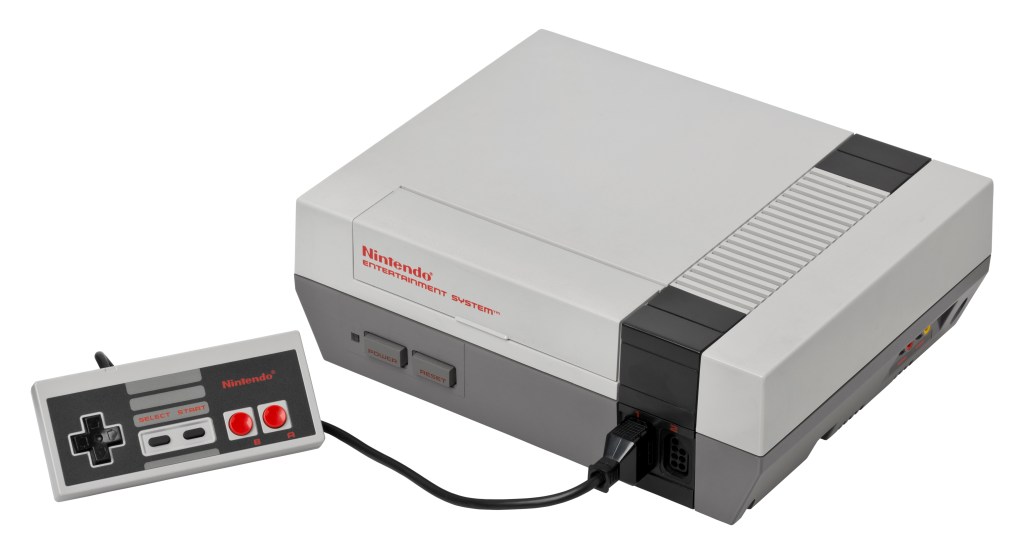
5. Nintendo Entertainment System
The NES didn’t just rescue gaming from a dark, dark place; it forged a path that the rest of the gaming industry continues to follow to this day. At a time when nobody was sure if they wanted a video game console, Nintendo convinced millions and millions of people that they needed a video game console. The ways they accomplished that incredible feat have been reused and reimagined in numerous ways since the console’s debut decades ago.
What impresses me most about the NES, though, is how relevant its games still feel to this day. Mind you, I’m not just talking about the broad design ideas the best NES titles introduced. Numerous notable games in recent years have been designed to look, sound, and play like an NES title. Hell, you could argue that some famous franchises (like Mega Man) are still at their best on the NES.
Yes, the console suffered from some pretty infamous technical issues. Yes, Nintendo eventually allowed the console to be flooded with sub-par titles. However, the NES remains both a magical part of gaming’s history as well the oldest console you could likely still enjoy to this day.
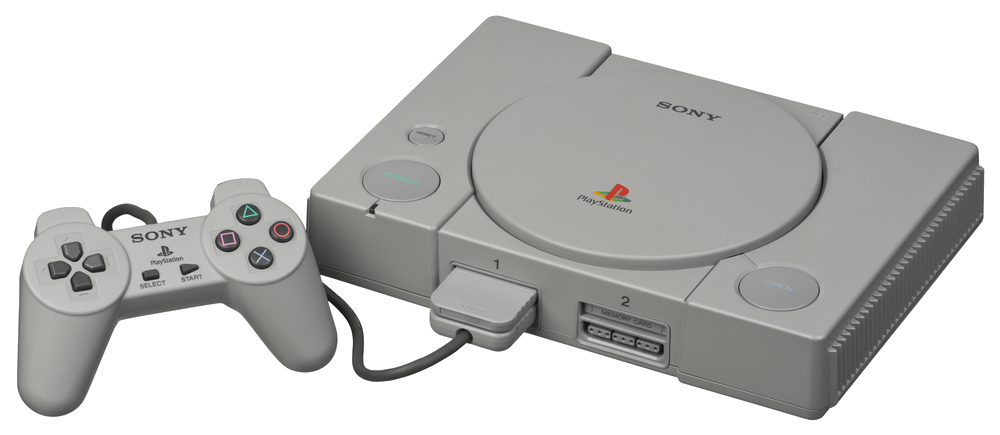
4. Sony PlayStation
Despite thoroughly beating its clearest competition (the Sega Saturn) right out of the gate, Sony never let up when it came to evolving the PlayStation. As a result, they not only quickly established themselves as a true industry player but helped reshape the entire idea of what gaming hardware could and should provide.
The PlayStation’s multimedia functionality and library of mass-market masterpieces made it a centerpiece of entertainment centers across the world. Unlike the Wii, though, the PlayStation didn’t really rely on gimmicks to reach people who had previously expressed only a passing interest in gaming (at best).
Instead, the PlayStation’s functionality and Sony’s commitment to cinematic presentation simply inspired everyone to look at gaming in ways they never really did before. All the while, PlayStation’s numerous all-time great developers were able to push some of their biggest, boldest, and best ideas to new audiences that were more willing than ever to reconsider what a video game was. Hell, some are still nostalgic for the console’s beautifully blocky visuals.
It’s a testament to the quality of the N64 that the PlayStation isn’t considered to be the runaway cultural winner of its generation. From its controller to its library, nearly everything about the PlayStation feels wonderfully modern without sacrificing many retro charms.
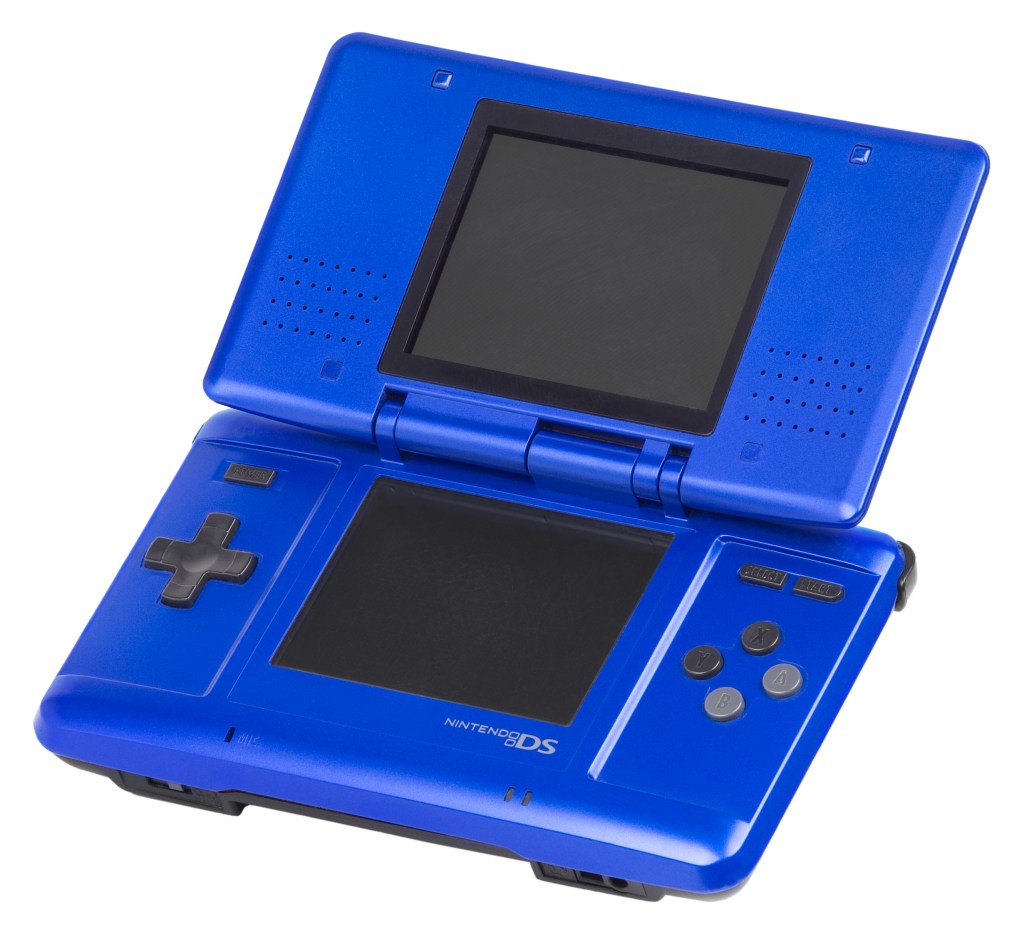
3. Nintendo DS
The Nintendo DS was always something of a Trojan Horse. While the handheld’s main marketing gimmicks were its two screens and touchscreen capabilities, the true ace up the Nintendo DS’ two sleeves was the absurd quality of its library.
The Nintendo DS is arguably the last Nintendo console that is least defined by the quality of its Nintendo games. Yes, most of those first-party games were exceptional, but they were the tip of the iceberg. Capcom, Konami, Atlus, Level-5, and more all brought their A+ games to the handheld. It was the kind of platform that not only brought the best out of those that contributed to it but inspired all-time great talents to consider entirely new kinds of experiences. Remarkably, 150+ million people joined them for the ride.
Based on how things are going now, the DS will likely end up being the greatest standalone piece of handheld gaming hardware ever made.
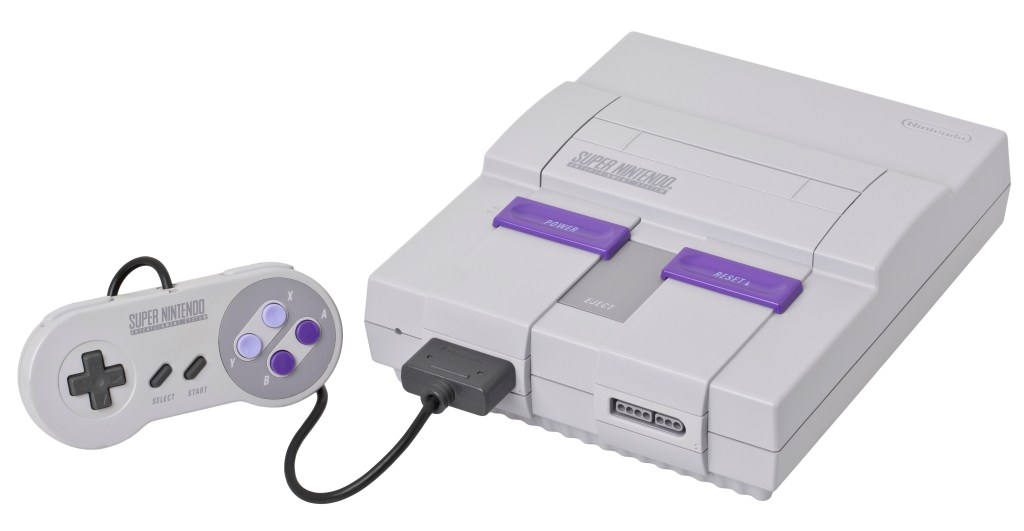
2. Super Nintendo
You can’t overstate the difficult position the NES faced, but you shouldn’t underestimate the challenges the SNES had to endure. After all, millions of gamers during the early ‘80s weren’t necessarily burned by introductory consoles; they were burned by successive consoles of diminishing returns that belittled the entire idea that new was better. The NES was incredible, but did people really need a “super” Nintendo?
Obviously, we know the answer to that question is a resounding ‘yes.” Some of the best Super Nintendo games are indeed superior versions of their NES counterparts. However, many of the best SNES games offered something that nobody had ever dreamed of before. That’s what the SNES really was; it was a dream factory.
Does that sound corny? Who cares. The SNES made people believe that gaming was capable of not only growing with new technology but growing far beyond their expectations. It was the home of wildly entertaining games as well as absolute art that has only become more powerful and poignant over the years. We may never see such an incredible collection of talent unite over a console quite the way they united over the SNES.
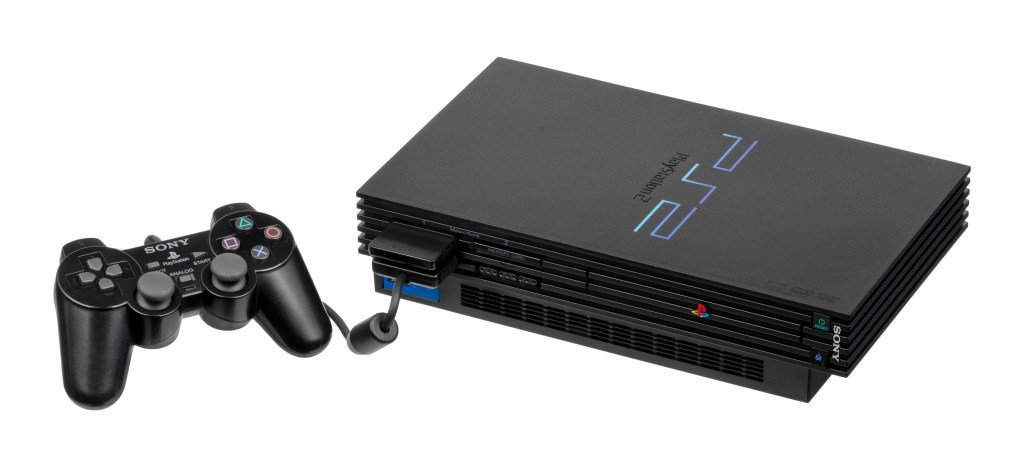
1. PlayStation 2
I tried to argue against the idea that the best-selling video game console ever is also the best video game console ever. Ultimately, though, 155+ million people had it right. The PS2 represents the absolute apex of console gaming.
We can talk about the intangibles. The DVD player, the failures of the competition, the delayed releases of the Xbox and GameCube…it’s not that they don’t matter, but rather that they only tell a small part of a larger story. The PlayStation 2 offered a home gaming experience that sometimes felt too great to be true. Both legacy studios and the greatest emerging developers rallied around this beautifully designed console in order to continuously challenge each other with an often unbelievably steady stream of all-time classic releases. The appeal of the PlayStation 2 remains surprisingly powerful to this day. While many of its best games have since found homes elsewhere, you can never fully recreate its absurdly stacked library with any other device.
In the midst of an all-time great console generation, it was nearly impossible to imagine not owning a PlayStation 2. It was a crowd-pleaser that revolutionized the industry as it set sales records. You’re not hopelessly nostalgic for the PS2 era; you just can’t help but love a console that elevated absolutely everything.
